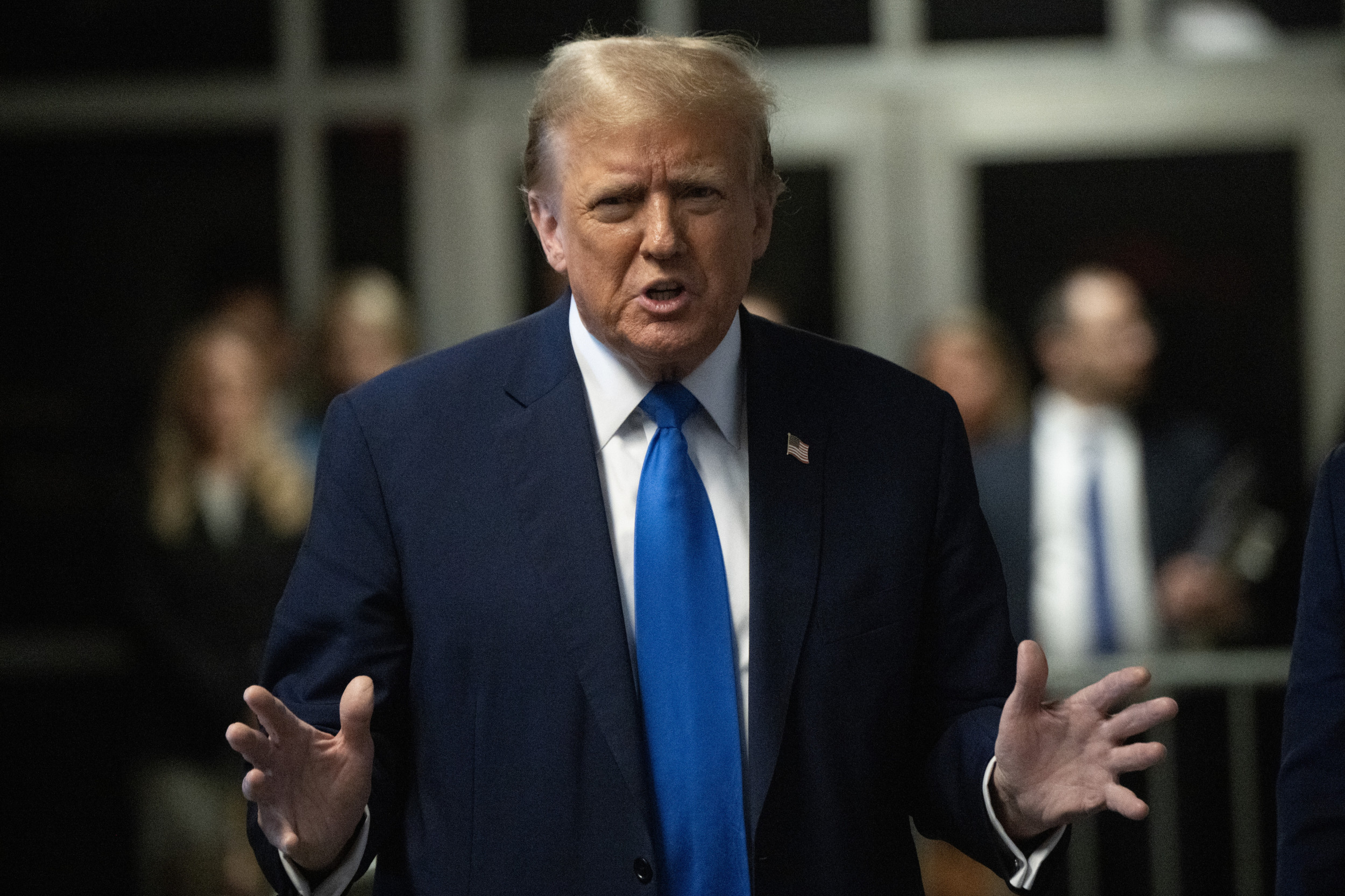In Joseph Sargent's 1970 film "Colossus: The Forbin Project," the U.S. president loses confidence in his judgment about how to manage nuclear weapons and turns over control to a computer named Colossus. Soon after the change is announced, Colossus displays a message on its main console: THERE IS ANOTHER SYSTEM. It turns out the Soviets have done the very same thing. Soon the two machines are communicating with each other. After a struggle resulting in the detonation of two nuclear bombs, the computers gain complete control over both governments.
"Colossus" may have something to teach us about the current financial crisis. It is certainly more instructive than the two most common explanations. The first is that banks recklessly gambled in uncertain and unproven markets. The second is that regulators took a holiday while this party raged on.
But the banks didn't "gamble." Instead, they locked themselves, Forbin-like, into computer-based financial models that have an obvious systemic flaw. As Avinash Persaud, an economist and chairman of Intelligence Capital, argued in an award-winning essay almost eight years ago, the dominant models for market-sensitive risk management, whether they're run on computers or not, are missing a critical piece: herd behavior. When such incomplete models get wired into the investment houses of every major economy—with servers sometimes co-located to avoid the millisecond lag that bicoastal or intercontinental communication necessarily creates—this omission leads inevitably to the kind of terror we've seen the past few months.
The models governing our financial system were developed in the 1950s. They were built, as Persaud explains, upon the assumption that "each user is the only person using them." That assumption may have made sense when only the Rand Corporation (which developed the models) had the data to act upon them. But as Persaud wrote in the Financial Times in March, in "today's flat world, [where] market participants from Argentina to New Zealand have the same data," the assumption is nothing short of nuts. As the market shifts, the models used by all the major investment banks "throw up the same portfolios to be favored and those not to be." This is the Heisenberg uncertainty principle for financial markets: by being observed, the observed gets changed. The global, simultaneous and practically instantaneous "adjustments" lead "the herd" (a.k.a. our financial system) right off the cliff.
"But why," faith-based free marketers will ask, "doesn't the market figure this out? Why don't newer models outcompete the old?"
The answer is in part (and weirdly) cultural, and in part regulatory. To resist the models requires a George Soros-like confidence. Few have the courage to stand up to the "quants"—math geniuses, or engineering wizards, who feign certainty despite running models that largely omit the most basic John Nash-based insights into strategic thinking. The safe thing (for a financial manager) is to follow the numbers, even if that leads the financial system off the cliff.
But perhaps more important is the role of government. The instability here was not caused by a lack of regulation. It was caused instead by the wrong regulation at exactly the wrong time.
This isn't the first cycle of instability that we've seen in recent financial history. Indeed, it is the eighth in 25 years. After each collapse, regulators scramble to understand what went wrong. When there's no consensus about cause, the regulators push the safest response: a requirement, as Persaud explains, that banks adopt the "best practices" of their competitors, which can have a fatally sterilizing effect upon the ecology of competition. For instance, a rule requiring banks to hold assets that do not fall below a certain credit rating might seem like a good idea. But when ratings fell as a result of the deterioration of the subprime-mortgage market, everyone was forced to sell at the same time, driving prices down and forcing rating agencies to consider further downgrades. As competitive diversity is lost, responses to trouble become identical. A single virus acting on a monoculture of banks can destroy liquidity, and thus wipe out whole markets.
The answer is not to abolish bank regulation. Rather, it is for regulators, as Persaud puts it, "to recognize that their job is not to tell bankers how to do banking." It is instead to "focus on what bankers, centuries over, have failed to do well: manage risk through the economic cycle." Credit requirements designed with cycles in mind, for example, could induce banks to forgo hefty bonuses in good times so that they're prepared for the bad. And rules that restored the natural diversity of individual savers and borrowers could ensure a more resilient financial environment during both good and bad times.
Perhaps the most important lesson is a recognition by both government and industry of a certain humility about the machine. The urge to cede responsibility to brilliant souls running technology calibrated in milli-whatevers is understandable. But as Dr. Forbin tried to explain, the machine has its limits. When we bind ourselves to the machine, we bind our fate to those limits.
Uncommon Knowledge
Newsweek is committed to challenging conventional wisdom and finding connections in the search for common ground.
Newsweek is committed to challenging conventional wisdom and finding connections in the search for common ground.
About the writer
To read how Newsweek uses AI as a newsroom tool, Click here.








